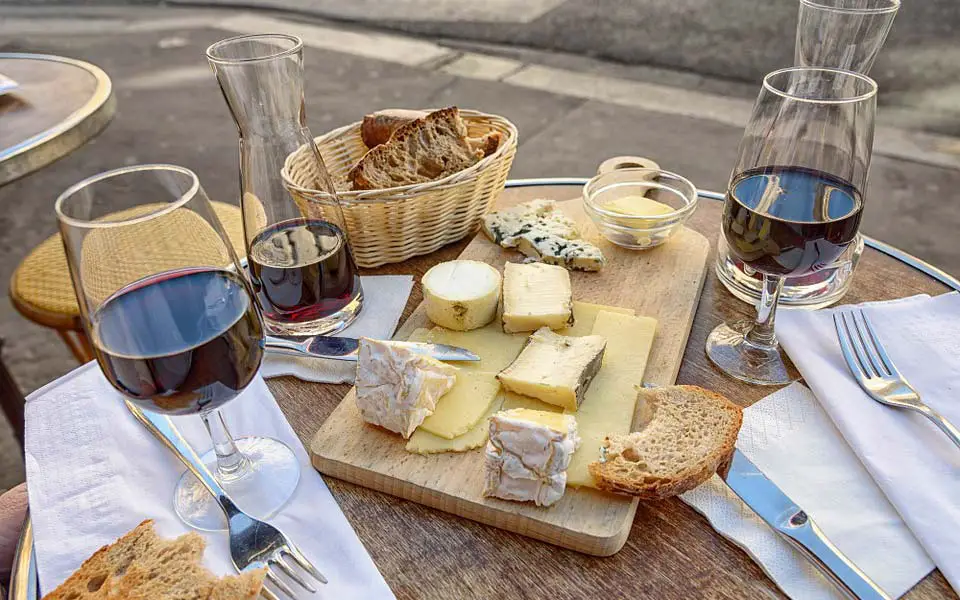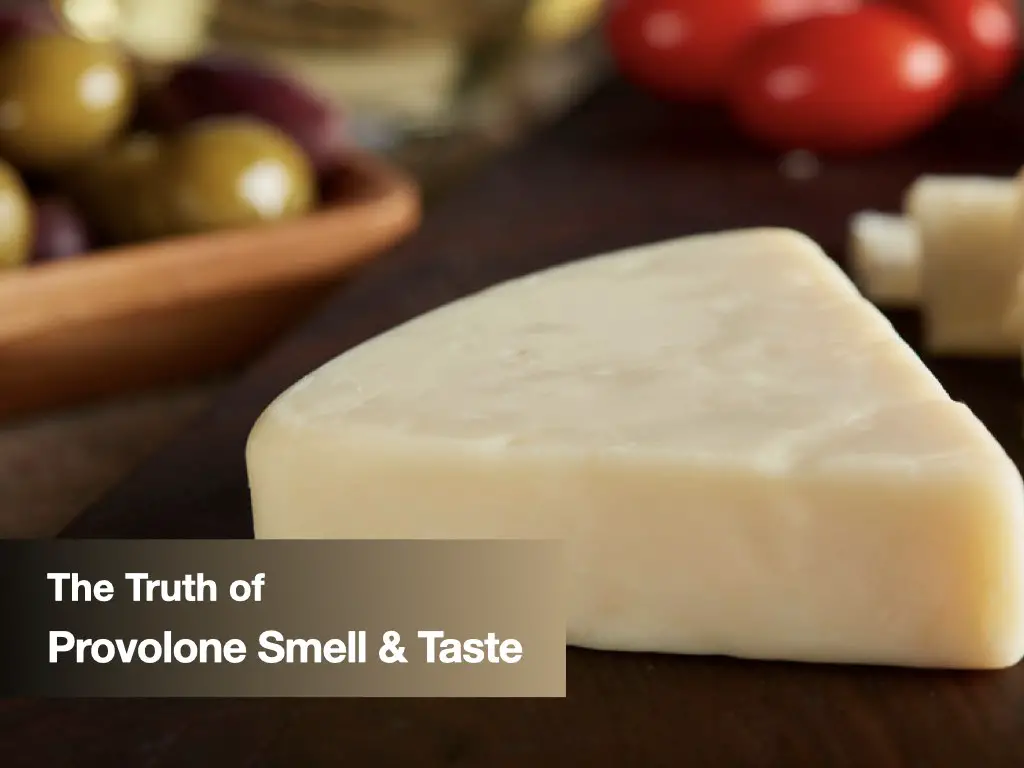The Truth About Why Provolone has a “Rancid” Taste
Provolone is an Italian cheese, which is often described as having a mild, buttery or sharp, slightly spicy flavor.
It tends to have a subtle nutty flavor, along with its saltiness.
The flavor profile of provolone cheese does vary, however, based on the ingredients used (region they are from, enzyme use) and the aging process it has undergone.
There are two defining types of provolone, each lending to a distinct flavor.
Provolone dolce like this one I found on Amazon is typically aged for two to three months, while Provolone piccante this is aged for more than four months, up to three years.
The former has a mild, sweet taste, with the longer aging time resulting in a sharper flavor.
What You normally get from the grocery
It can almost be guaranteed that pre-packaged and pre-sliced provolone cheese found at any conventional grocery store or deli counter does not compare to the flavor of the authentic version.
These flavor differences can be generally be attributed to a shorter aging time, as well as the ingredients that are used.
For example, American producers often use non-animal-based enzymes to allow a vegetarian-friendly option for consumers.
If you are familiar with the Mozzarella cheese, you may find similarities in flavor profile (Check this list of 100+ type of cheese, #86 for provolone). This is because provolone is actually a close relative to Mozzarella.
It is made from cow’s milk, and prepared in the same pasta filata or “stretched-curd” manner; however, Mozzarella is served fresh while the aging process of provolone results in a fuller flavor.
This method of production makes provolone great for melting, even intensifying the flavor once melted.

Provolone and its perfect pairing wine, according to researchers.
Many people think of cheese and wine as a perfect pair, and you may wonder how the flavor of provolone would best fit with a wine selection.
Luckily, researchers have found the answer!
After evaluating wine and cheese for the most ideal pairings using a scoring system, food and wine professionals found that provolone matched best with a fruity white Pinot Gris, oaky red Pinot Noir, and fruity Sparkling wine. (1)
These ideal pairings meant that neither the cheese or the wine dominated in flavor, and the pair tasted better together than individually.
In general, the flavor strength of the wines and the cheeses were in line with each other. Read this article where I outlined the top 5 best pairing wines for provolone.
Why might provolone cheese even taste bad to some people?
At times, it may be said that provolone has a slightly “rancid” taste.
It’s very possible that this taste could be due to old cheese, but there is actually a scientific explanation of why provolone may taste this way without having gone bad.
Enzyme technologies are used to develop the flavors characteristic to different cheese types by reacting with the carbohydrates, proteins and fats during the aging process.
While all of these reactions impact the flavor and aroma of aged Italian cheeses, free fatty acids (FFA), released by fat breakdown (“lipolysis”) are known to be a major contributor. The amount of fat breakdown that occurs, as well as the concentrations of different types of FFAs, directly impacts the flavor profile and intensity of provolone cheese. (2,3)
One study (3) found that flavor intensity of provolone cheese increased with short-chain FFA concentration, although flavor quality varied.
When multiple varieties of retail provolone cheese were tested, those with lower FFA concentrations lacked the full flavor of provolone.
The sample with the most desirable flavor had a higher, more balanced FFA concentration.
On the contrary, another sample was found to have a rancid, soapy flavor due to having abnormally high levels of one short-chain fatty acid called butyric acid.
This FFA has been identified as the most abundant in provolone cheese. (4)
It also just so happens that butyric acid is known for its “rancid” flavor or smell, sometimes even being referred to more derogatorily as “vomit.”
To avoid this, it is important to find the ideal balance of FFAs in provolone cheese production, as was pointed out in the previously discussed research.
The same study (3) also compared provolone to other cheeses, finding that Mozzarella cheese had lower levels of FFA content and milder, milky flavor overall compared to provolone, while Romano cheese FFA content was higher overall with a stronger, sharper flavor.
What should provolone smell like?
Similar to how the taste of provolone varies based on manufacturing methods, the aroma can also vary widely.
As discussed previously in regards to taste, the action of lipases on long chain fatty acids during the aging process produces volatile, short chain fatty acids. These contribute to an aroma, whether for better or for worse, based on the concentrations of these FFAs. (5)
Authentic provolone cheese has a strong scent which correlates with its strong flavor.
One of the most authentic types of provolone cheese you can find, Provolone del Monaco, must be aged for at least six months and has a pungent, sour, and buttery aroma.
Some believe this smell resembles “feet,” however for many the cheese makes up for its scent with its flavor.
Conclusion
If you are buying the less traditional version of provolone, say from a large-chain grocery store, you will likely find a pleasant and subtler aroma that is slightly milky or fruity.
Because this is what most Americans are familiar with, they would generally not consider provolone a “stinky” cheese.
However, the lack of strong aroma will also mean the provolone is lacking in taste compared to the authentic version.
A good method of knowing whether the smell of provolone cheese is normal is to smell it when freshly bought as a reference point. If its odor significantly changes, or there are other apparent signs of spoilage, it is likely time to throw the cheese away.
Read more: The top 10 brands of delicious provolone you can get it now in the US

